
iBet uBet web content aggregator. Adding the entire web to your favor.
Link to original content: https://www.arlingtoncemetery.net/feed/

The post Leon G. James II – Lieutenant Colonel, United States Army appeared first on Arlington National Cemetery.
]]>The Department of Defense announced today the death of a soldier who was supporting Operation Iraqi Freedom.
Lieutenant Colonel Leon G. James II, 46, of Sackets Harbor, New York, died at Walter Reed Army Medical Center in Washington, D.C., on October 10, 2005, of injuries sustained in Baghdad, Iraq, on September 26, 2005, when an improvised explosive device detonated near his HMMWV during combat operations. James was assigned to the 3rd Battalion, 314th Field Artillery Regiment, 2nd Brigade, 78th Division, Fort Drum, New York.
A Fort Drum officer who passed up retirement to continue serving in the Army died Monday of injuries he suffered in an explosion in Iraq, his family said.
The Defense Department said Tuesday that Lieutenant Colonel Leon James II, 46, of Sackets Harbor, died at Walter Reed Army Medical Center in Washington, D.C. He was injured in a road attack in Baghdad September 26, 2005, that claimed the lives of two other soldiers, Sergeant First Class Casey Howe of Philadelphia, New York, and Master Sergeant Tulsa Tuliau of Watertown.
They were assigned to Fort Drum’s 3rd Battalion, 314th Field Artillery Regiment, 2nd Brigade, 78th Division.
James’ mother-in-law, Ursula Hicks of Fayetteville, North Carolina, said the men were riding in a Humvee when they swerved to avoid a suspicious vehicle, which then exploded.
Hicks recalled how her son-in-law loved spending time outdoors.
“He was talking about retiring when he got back to go hunting and fishing with my husband,” she said.
He leaves behind his wife, Sylvia, and three daughters: Maria, 16, Rachael, 11, and Kathryn, 5. James met his wife while stationed at Fort Campbell, Kentucky. Hicks said he declined to retire five years ago.
The family lived in Sackets Harbor, along Lake Ontario 19 miles west of the base, and James was an elder at United Presbyterian Church.
“When he left here he told us he would come back, and he did come back,” Hicks said. “He came back so we could make closure and for the girls to see him one more time.”
16 October 2005Family and friends gathered at the Sackets Harbor Central School Saturday morning to pay their respects to a fallen soldier.
Lieutenant Colonel Leon G. James II, died on October 10, 2005, from injuries he suffered when a roadside bomb exploded near his vehicle in Baghdad, Iraq.
That bomb also claimed the lives of two other soldiers, Sergeant First Class Casey Howe and Master Sergeant Tulsa Tuliau.
James and his family lived in Sackets Harbor for seven years, where he was an elder at the United Presbyterian Church.
His burial will take place at Arlington National Cemetery.
Tuesday, October 18, 2005In his e-mails to his mother, Army Lieutenant Colonel Leon G. James II reminded her to keep safe.
But it was James, a Springfield native deployed six months ago to Iraq, who was in harm’s way.
James, a married father of three, died October 10, 2005, after being wounded in a bomb blast on an Iraqi roadway. He was 46.
“We always thought this wouldn’t come to us,” said Emma Jean James, the soldier’s mother, who lives in Longmeadow. “But it has.”
Emma Jean James was writing an obituary and arranging for a gathering yesterday to be held at her home this weekend to honor the son many knew as Buster.
Leon James will be buried at Arlington National Cemetery October 25, 2005.
James was the 10th soldier with Western Massachusetts ties who died as a result of the U.S. war in Iraq.
He was a member of the 3rd Battalion, 314th Field Artillery Regiment of the 2nd Brigade 78th Division at Fort Drum in New York where he lived.
“Lots of people say they (the Army) owe me a (national burial),” said Emma Jean James. “I just feel honored.”
Colonel James grew up with two brothers and three sisters in Springfield. His mother said he and his siblings were jokingly referred to as the James Gang.
Burials at Arlington Honor Those Who Fought in Iraq
By Lila de Tantillo
Courtesy of the Washington Post
Wednesday, October 26, 2005
Three men who chose to risk their lives for their country by serving in Iraq were laid to rest yesterday at Arlington National Cemetery. One had switched military branches to pursue his dream of flying helicopters; another could have retired but chose to remain in the service; and a third decided to reenlist on the condition that he be sent to Iraq.
Chief Warrant Officer Dennis Patrick Hay of Valdosta, Georgia, was killed August 29, 2005, when the helicopter he was piloting was attacked by enemy fire in Tal Afar, Iraq, near the Syrian border. Hay, 32, was assigned to the 4th Squadron, 3rd Armored Cavalry Regiment, of Fort Carson, Colorado.
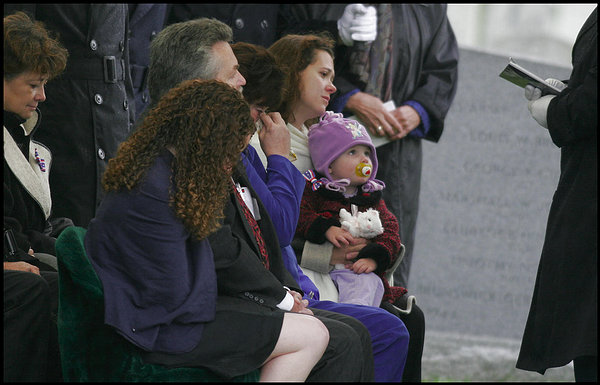
A horse-drawn caisson led a procession through rain and blustery wind yesterday from the U.S. Coast Guard Memorial to Hay’s final resting place. A military band played “America the Beautiful” as an honor guard folded the flag covering the urn that held Hay’s ashes. Major General Charles Wilson presented the flag to Hay’s wife, Rebecca. Hay also was mourned by his children, Jacob and Abigail, parents Barry and Patty, brother Barry and sister Bridgette.
“The most important thing to Dennis was that he wanted people to know that he had a relationship with God, and he wanted to make sure that other people did, too,” said Misty Ricks, 30, a friend from Brunswick, Georgia, who had known Hay for more than a decade from Agape Christian Fellowship in St. Marys, Georgia.
Ricks knew Hay as an adventurous guy in her youth group who rode a BMX bike and liked to use it to do stunts — but only if he could execute the thrill-seeking maneuvers safely.
Hay had served as a parajumper in the Air Force before applying for a transfer several years ago to the Army so he could train to become a helicopter pilot. He hoped to use the skill one day as a missionary to bring aid to those in need.
“Dennis went back for a second tour because of the Iraqi children,” Ricks said, adding that he had told her that if others could see the difference the United States was making in the young Iraqis’ future, “they would understand why he was going back.”
Lieutenant Colonel Leon Gifford James II of Sackets Harbor, New York, was wounded September 26, 2005, in Baghdad when an explosive device detonated near his Humvee. He died October 10, 2005, at Walter Reed Army Medical Center. James, 46, was assigned to the 3rd Battalion, 314th Field Artillery Regiment, 2nd Brigade, 78th Division, based at Fort Drum, New York.
Friends said that James, who served as an elder at United Presbyterian Church in Sackets Harbor and helped manage its finances, had been eligible to retire from the service. But he decided to stay to fight for a cause he believed in. He kept in excellent shape — even outrunning men two decades his junior in training drills, his friends said.
For James’s full-honors funeral, a team of dark horses led the procession from the Old Post Chapel. A military band played “Amazing Grace” as the flag-draped coffin — covered with a clear plastic sheath to protect it from the rain — was brought to the grave site. Major General Wayne Erck presented the flag to James’s wife, Silvia, who was accompanied by their children, Maria, Rachael and Kathryn.
Marine Sergeant Mark P. Adams of Morrisville, North Carolina, was killed October 15, 2005, by an improvised explosive device while conducting combat operations in Saqlawiyah, Iraq. Adams, 24, was a reservist attached to the 2nd Marine Division, 2nd Marine Expeditionary Force (Forward).
A Marine honor guard from the barracks at Eighth and I streets NW in Washington carried Adams’s gray coffin to a grave site near a memorial to those who died serving in Somalia. Navy chaplain Robert Rearick delivered a sermon before the guard presented a folded U.S. flag to Gunnery Sergeant Barry L. Baker, who knelt before Adams’s father, Phillip Adams, to hand him the tribute.
Mark Adams was the youngest of three sons, all of whom served in the military. As a freshman, he joined the wrestling team at Cary High School in North Carolina, and by all accounts his performance at first was terrible. But over several years, he worked to strengthen his body and refine his technique. By his senior year, he was chosen as captain, and the team won a state championship.
Adams joined the Marines shortly after graduation but saw little action during several years stationed in the Pacific. He returned to his home town near Raleigh, where he volunteered as a coach for the wrestling team, but soon decided to return to the service.
Jean Tursam, 57, a longtime family friend, said the elder Adams told the 600 people who attended a memorial service at Colonial Baptist Church in Cary about his son’s motivation.
” ‘We’re going to choose to fight them in Iraq or we’re going to choose to fight them here,’ ” Mark Adams had said.
Tursam said that even after the young Marine was promoted to platoon leader, he still chose to take the dangerous position in the turret of the Humvee, where he was killed by a piece of shrapnel. “He wouldn’t ask his men to do something he wouldn’t do himself,” she said.
Hay, James and Adams were the 181st, 182nd and 183rd service members killed in the Iraq conflict to be buried at the cemetery.
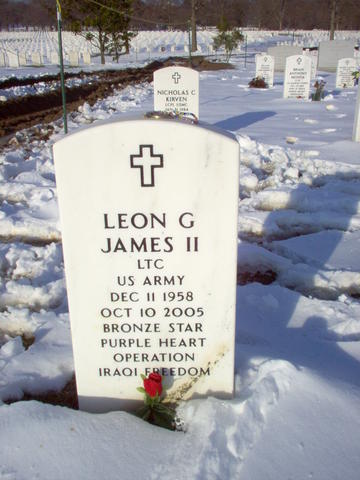
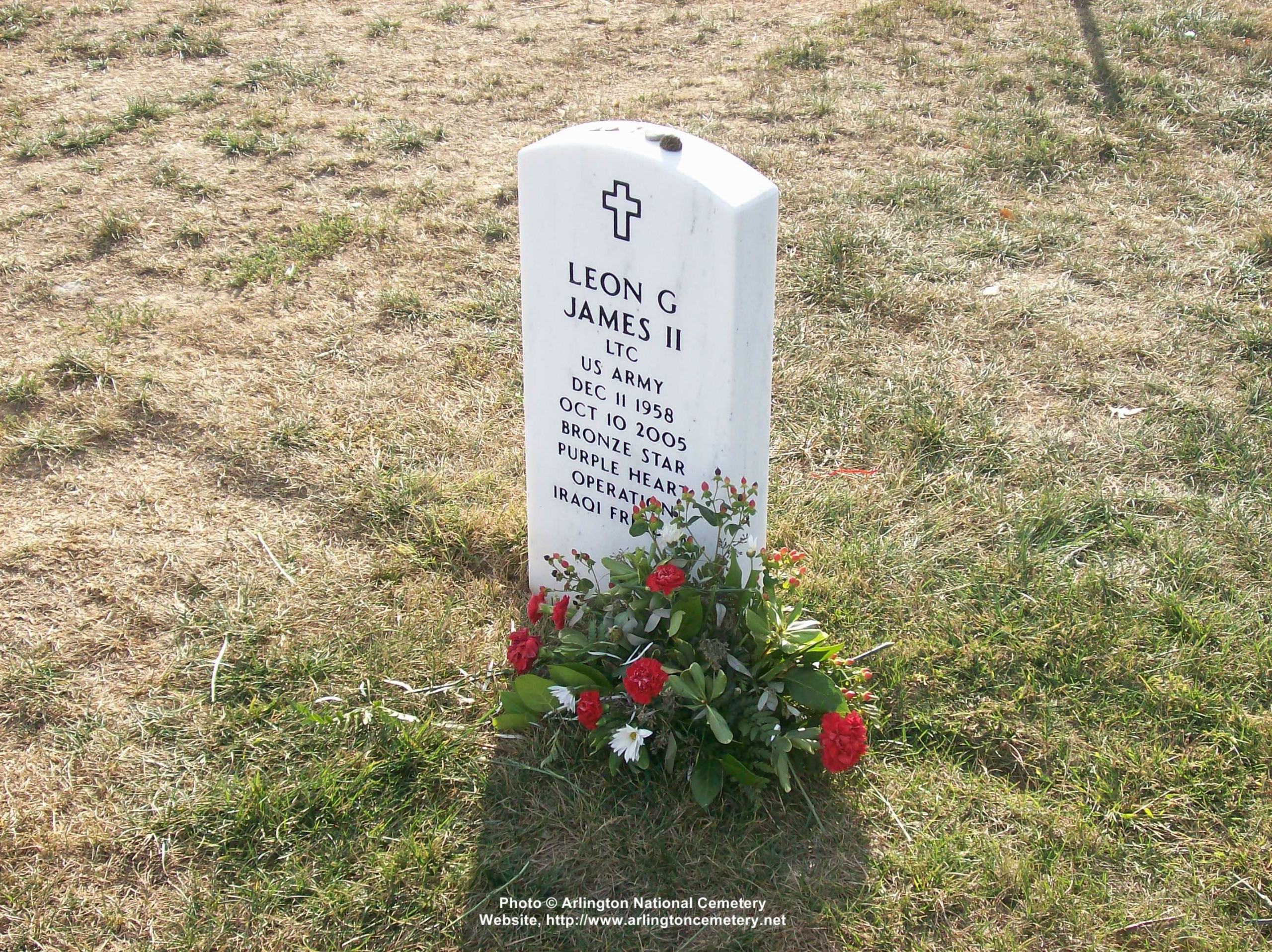
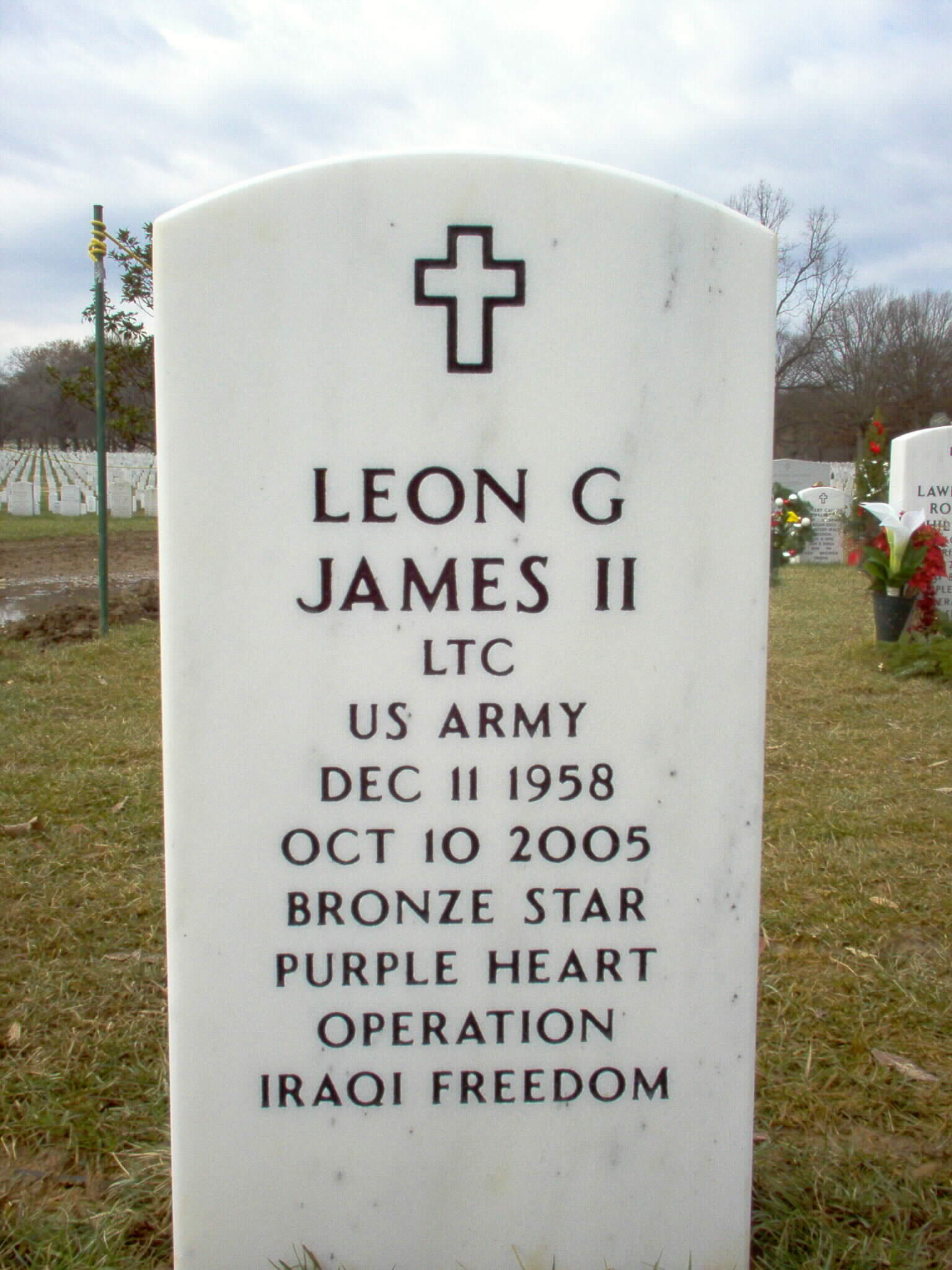
The post Leon G. James II – Lieutenant Colonel, United States Army appeared first on Arlington National Cemetery.
]]>The post John Vincent Hinkel – Colonel, United States Army appeared first on Arlington National Cemetery.
]]>“Colonel John V. Hinkel, USAR, Retired, is a Washington, D.C. public relations counselor and a veteran newspaperman, with an extensive military career and a reputation as a lecturer on Arlington National Cemetery as well as other historical subjects. A lecturer on public relations at George Washington University since 1951, he is author of many newspaper and magazine articles on historical and military subjects. He was President of the Society of Natives of the District of Columbia and active in the Columbia Historical Society.”
He was born on November 28, 1906 and died on November 20, 1986. He is buried in Section 7-A of Arlington National Cemetery, adjacent to the Memorial Amphitheater.
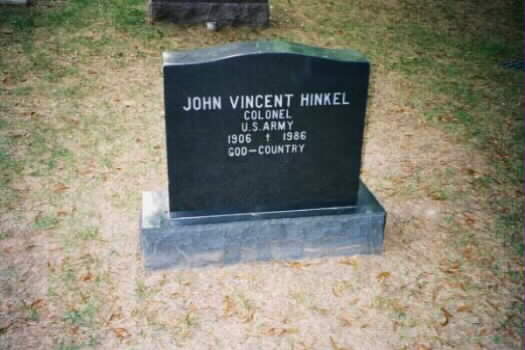
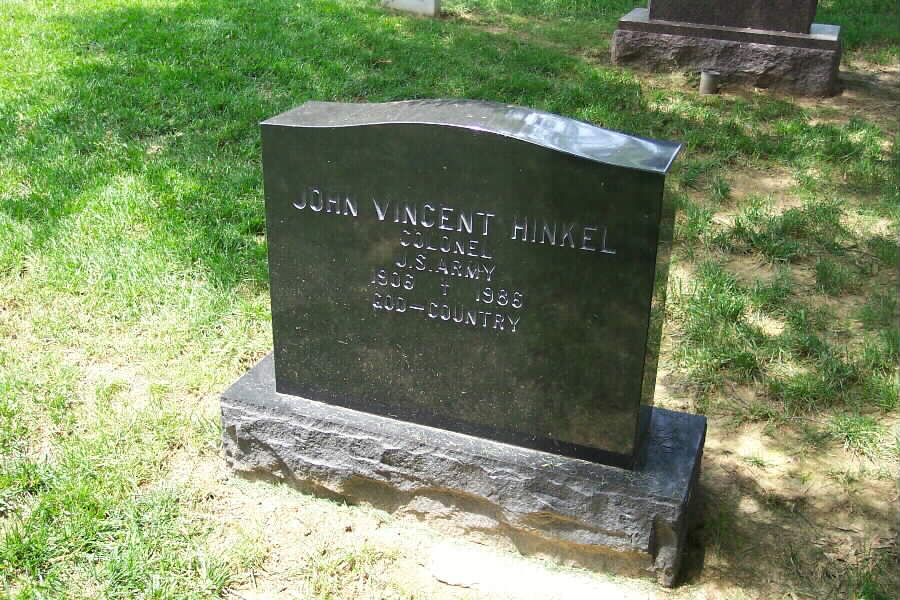
The post John Vincent Hinkel – Colonel, United States Army appeared first on Arlington National Cemetery.
]]>The post Daniel F. McCafferty – Lieutenant Colonel, United States Army appeared first on Arlington National Cemetery.
]]>Daniel F. McCafferty, Lieutenant Colonel, United States Army (retired) of Arlington, Virginia, died on Wednesday, November 20, 2002.
Colonel McCafferty was a decorated World War II Veteran of the North Africa and Italian Campaigns.
Beloved husband of the late Amy C. McCafferty; father of Geraldine Newman, William McCafferty, Michael McCafferty, Elizabeth McCafferty, Therese McCafferty, Mary Ann Case, Thomas McCafferty and Margaret Waters; brother of James McCafferty, Elizabeth Gaberino and the late Mary Ann McCafferty, Margaret Flaherty and Geraldine Thompson; grandfather of Heather, Amy and William McCafferty, Catherine and Cara McCafferty, Nina, Amanda and Alexander Case and the late John Paul Newman and Baby McCafferty.
Mass of Christian Burial will be offered 1 p.m., Tuesday, December 17, St. Ann’s Catholic Church, 10th and N. Frederick Sts., Arlington, Virginia. Interment follows at 3 p.m., Arlington National Cemetery with Full Military Honors.
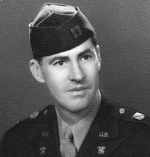
MCCAFFERTY, DANIEL F
LTC US ARMY
WORLD WAR II, KOREA, VIETNAM
DATE OF BIRTH: 10/27/1911
DATE OF DEATH: 11/20/2002
BURIED AT: SECTION 37 SITE 33
ARLINGTON NATIONAL CEMETERY
The post Daniel F. McCafferty – Lieutenant Colonel, United States Army appeared first on Arlington National Cemetery.
]]>The post Allen B. Kodish – Flight Officer, United States Army Air Force appeared first on Arlington National Cemetery.
]]>Allen B. Kodish was born November 2, 1921, to Jacob and Fanny Kodish. Both his father and mother emigrated from Europe. Allen was the youngest of four children, Herbert, Celia, and Lillian. Allen was born and raised in West Chester. He joined the chorus at West Chester High School, and his family’s synagogue, Kesher Israel Congregation. He worked his last summer of high school at the family business, J.E. Kodish and Sons, started in 1938.
The attack on Pearl Harbor occurred during Allen’s senior year. Inspired by President Roosevelt’s speech, he, and his friend Joseph Pearlman traveled to Philadelphia to enlist in the Army Air Corps the same day, on December 8, 1941.
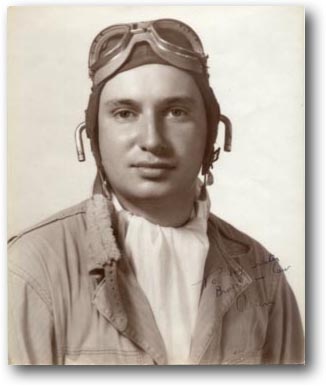
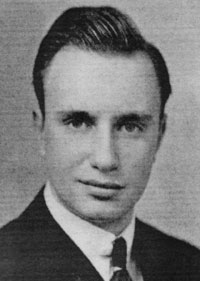
Allen received basic training for ground crewman on B-17 Flying Fortresses at Jefferson Barracks in Missouri. He was recognized for his abilities and was sent to Childress Army Airfield in Texas for training as a bombardier. Allen was commissioned as a Flight Officer in June 1944 after 18 weeks of intense training. He married Irene Hantober from Los Angeles, California the same month.
Allen was sent overseas to join the Eighth Army Air force, 95th Bombardment Group. His B-17 was shot down over France, but Allen survived and made his way back to England to rejoin his Group. Allen was awarded the first Oak Leaf Cluster to the Air Medal of “meritorious service” in attacks on vital German industrial targets and support of advancing Allied ground forces on the continent.
On January 20, 1945, Allen flew on a mission to Germany. Although successful, his plane was severely damaged from enemy fire on their return trip. Six of the 10 crewman were able to parachute to safety, but Allen was pinned within the burning plane. The war Department notified the family that Allen was “missing in action.” A year later, the government notified his widow that Allen was officially “killed in action.”
On March 10, 1946, a memorial service for Allen was held at Kesher Israel synagogue, overflowing with family and friends. The Jewish community pledged a perpetual scholarship in his memory, through the Yeshiva University, in New York City. The local B’nai B’rith lodge of West Chester was renamed the Allen B. Kodish B’nai B’rith lodge to honor him.
Allen B. Kodish’s remains were returned to his country and he was buried in Arlington National Cemetery with full military honors in November 1949.
Another member of his crew, Edward D. J. Larkin, Second Lieutenant, United States Army Air Force, is buried with him.
KODISH, ALLEN B
F/O USA
DATE OF DEATH: 01/20/1945
BURIED AT: SECTION 34 SITE 4764
ARLINGTON NATIONAL CEMETERY
LARKIN, EDWARD D J
2ND LT AAF USA
DATE OF DEATH: 01/20/1945
BURIED AT: SECTION 34 SITE 4764
ARLINGTON NATIONAL CEMETERY
The post Allen B. Kodish – Flight Officer, United States Army Air Force appeared first on Arlington National Cemetery.
]]>The post William Russell Hemphill – Colonel, United States Army appeared first on Arlington National Cemetery.
]]>William Russell Hemphill, 83, an Army Colonel who retired in 1974, died of a heart attack November 8, 1997at Columbia Arlington Hospital. He had lived in Arlington since 1957.
He was a native of St. Louis and attended William Jewell College in Missouri.
He enlisted in the Missouri National Guard in 1935 and was commissioned in the Army in 1940. He served during World War II in the Aleutian Islands and Europe, where he fought in the Battle of the Bulge. His honors included Silver and Bronze stars and two Purple Hearts.
After the war, he returned to the National Guard in Missouri, where he was a training officer. He had an Army intelligence assignment at the Pentagon from 1957 to 1961 and then was a foreign assistance training officer.
He was a founder and president of the Veterans of the Battle of the Bulge and served as treasurer for organizations that included the Military Order of the Purple Heart, the Northern Virginia chapter of the Retired Officers Association, the Us Too prostate cancer support group at Walter Reed Army Medical Center, the Missouri Society, the Military Order of the World Wars and the American Legion post at the State Department.
His marriage to Alice Mallory Hemphill ended in divorce. His second wife, Dorothy Dorris Hemphill, died in 1988. His third marriage, to Louise Chandler, ended in divorce.
Survivors include a son from his first marriage, William Russell Jones of Bridgeton, Mo.; a brother; seven grandchildren; and six great-grandchildren.
![]()
The post William Russell Hemphill – Colonel, United States Army appeared first on Arlington National Cemetery.
]]>The post Henry Harley “Hap”Arnold – General of the Air Force appeared first on Arlington National Cemetery.
]]>He was promoted to five-star rank of General of the Army by President Roosevelt in 1944, joining Douglas MacArthur, George C. Marshall, Dwight D. Eisenhower and Omar Nelson Bradley at that rank.
He retired to his home in Sonoma, California, in March 1946, but was honored in 1949 by the rank of General of the Air Force, the first (and only) officer to attain five-star rank in both the United States Army and the United States Air Force.
He died at his Sonoma ranch on January 15,1950 and his funeral services were held at the Memorial Amphitheater (one of only nine in the history of that building) prior to his burial in Section 34 of Arlington National Cemetery.
His sons, William Bruce Arnold, Colonel, United States Air Force (1915-1992), and David Lee Arnold, Colonel, United States Air Force, are also buried in Section 34.
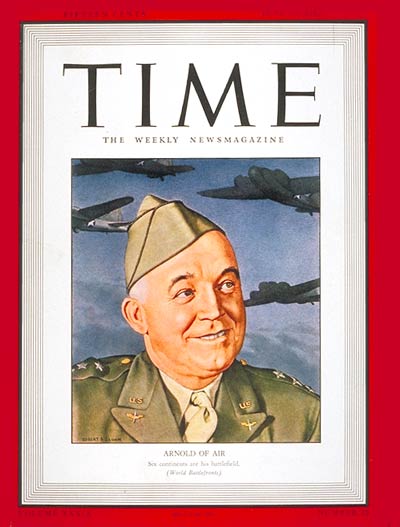
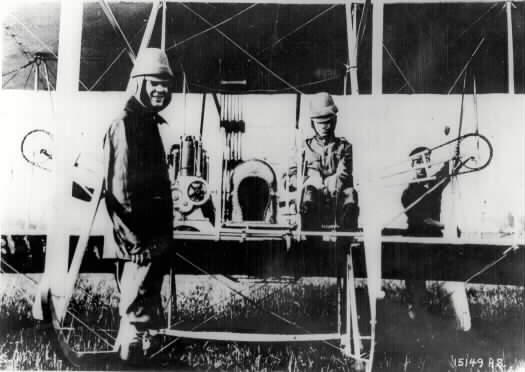
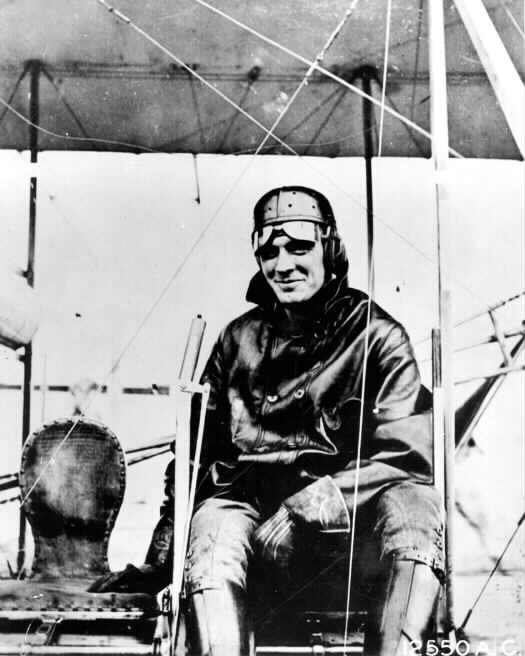
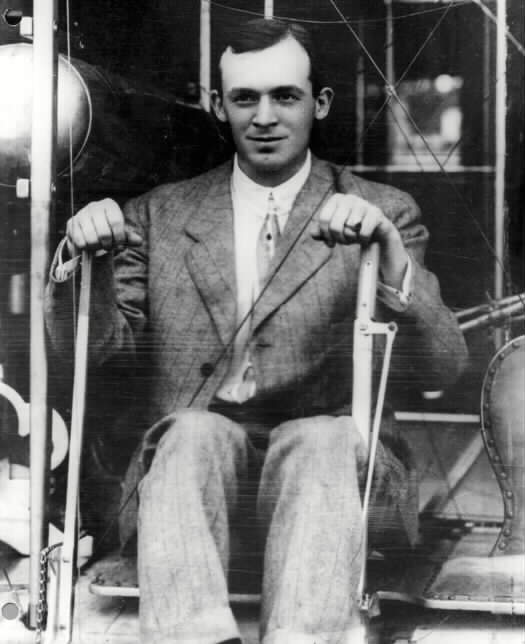
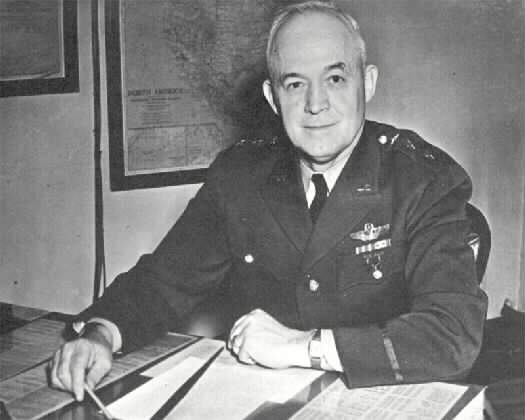
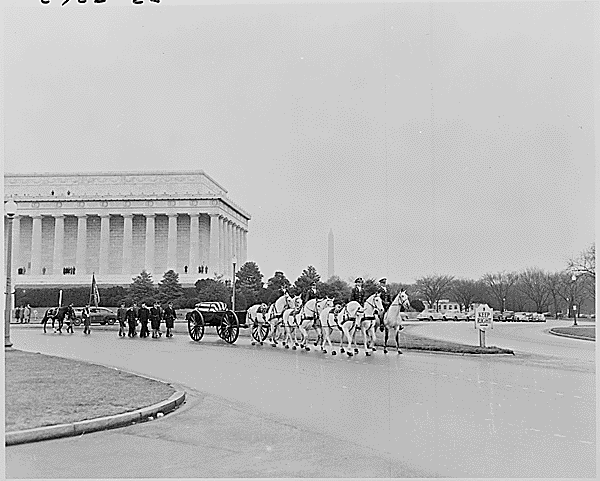
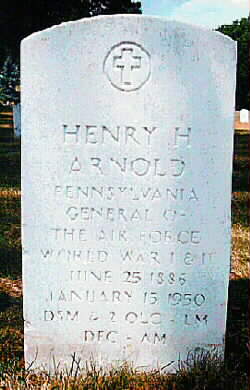
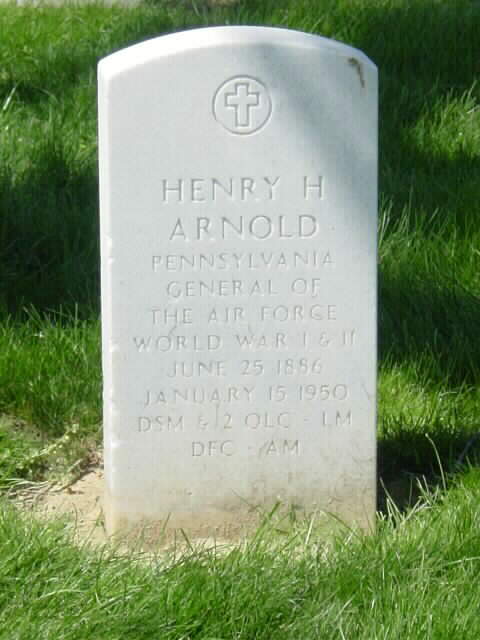
The post Henry Harley “Hap”Arnold – General of the Air Force appeared first on Arlington National Cemetery.
]]>The post Jeanette Whitton Moffett – United States Navy Spouse appeared first on Arlington National Cemetery.
]]>She is buried with her husband in Section 3 of Arlington National Cemetery.
MOFFETT, JEANETTE W W/O WILLIAM A
The post Jeanette Whitton Moffett – United States Navy Spouse appeared first on Arlington National Cemetery.
]]>The post What’s the Cost of Rehab with Kaiser Permanente Health Insurance? appeared first on Arlington National Cemetery.
]]>Kaiser Permanente covers a range of treatment options when a substance use disorder is diagnosed. Their insurance policies will cover everything from outpatient treatment to residential care. They recommend that the determination as to which treatment services or style of program will be most effective should be made based on:
Kaiser Permanente will cover any of the following types of addiction treatment programs, depending upon the need of the patient and the type of policy they carry:
Few health insurance policies will cover the entire cost of drug addiction treatment, and Kaiser Permanente is no different from other providers in this regard. Co-pays, deductibles, and/or preauthorization for treatment may be a part of securing coverage for part of the cost. The rest will come out of the patient’s pocket. In most cases, families opt to gather funds by utilizing such resources as:
To learn more about how you and your family can cover the cost of drug rehab, contact us at the phone number listed above today.
The post What’s the Cost of Rehab with Kaiser Permanente Health Insurance? appeared first on Arlington National Cemetery.
]]>The post Curtis C. Morris – Private First Class, United States Army appeared first on Arlington National Cemetery.
]]>After nearly 63 years of wondering and negotiation, Carol Cady received the helmet her father, a casualty of World War II, wore during combat and at the time of his death.
At a ceremony held Saturday at the Veterans of Foreign Wars Post 2775 in Orange, Cady and her family were presented the helmet worn by Private First Class Curtis C. Morris, a paratrooper in the Easy Company, 504 Parachute Infantry Regiment, 82nd Airborne Division.
In addition to receiving the helmet, Cady was also presented with a Bible from the post and a booklet, complete with pictures, compiled by a Holland farmer about the day of her father’s death.
“It’s amazing to me after all of this time that something like this could happen,” Cady said. “I knew nothing about how he died. I just knew that he had been killed. That’s why this booklet means so much.”
Lieutenant General Ed Soyster, special assistant to the secretary of the Army, flew from Washington, D.C., to present the booklet and the helmet to Morris’ family. Soyster has spent the last two years traveling the world supporting and conducting commemoration events for World War II.
Soyster began the presentation by describing the day that Private First Class Morris died, the beginning of Operation Market Garden in Holland on Sept. 17, 1944.
“We needed to seize a series of bridges so our forces could begin the liberation of Europe after the breakout from Normandy,” Soyster said. “On 17 September 1944, the 82nd Airborne Division jumped into Holland. Their objective was to seize the Maas bridge.”
Born in Lake Charles, Louisiana, on September 18, 1917, Morris enlisted on October 14, 1940. He underwent extensive training to become a paratrooper, and he saw his first combat in July 1943 when he jumped in the Sicily campaign.
Morris was injured later in Salerno by mortar grenades and was awarded the Purple Heart for the wounds he received there. After recovering, Morris rejoined his unit and took part in the battle of Anzio. He was serving as the runner for Easy Company Commander Captain Walter Van Poyck, at the time of his jump at the start of Operation Market Garden.
The jump was to be Morris’ last.
“After his prior combat actions, Curtis Morris once again stood in the door of a C-47 flying over the village of Velp in Holland,” Soyster said. “On this day, his parachute malfunctioned, and before his reserve chute could fully deploy, he plummeted through a plum tree on the farmyard of farmer Jan Van Den Hoogen.”
After his fall, Morris was carried into Van Den Hoogen’s barn by U.S. soldiers. When the soldiers checked the pocket of his uniform, they discovered the photograph of Morris’ baby daughter, Carol, and a Rosary.
“When the soldiers discovered Morris was Catholic, they sent for the priest of a nearby Jesuit monastery, Father Hanssen, to baptize Private Morris and give him the Last Sacraments. Approximately two hours later, he died on the day before his 27th birthday.”
Morris’ body was placed on a bier in the Jesuit monastery. The next day, five U.S. soldiers recovered his body as the abbot and rector prayed the Lord’s Prayer and a Hail Mary as the seminarists formed a lane at the gate through which Morris was carried.
Morris was buried on September 21, 1944, in a temporary U.S. military cemetery “Molenhoek” near Nijmegen. He reached his final resting place on February 9, 1949, as he was reburied in Arlington National Cemetery in Washington, D.C.
However, Morris’ story does not end there.
“A few days after the jump, the farmer, Jan Van Den Hoggen, found the helmet liner worn by Private Morris,” Soyster said. “He kept it for 60 years as a memory of the day that they were liberated. He turned it over to the U.S. Embassy a few years ago, and we have in turn turned it over to you.”
The process of returning the helmet to Cady and her family was not as easy as Soyster described.
“This has been such a long process,” Cady said. “After Van Den Hoggen gave the helmet to the U.S. Embassy, they still had to identify the soldier and find his surviving family. The serial number in the helmet was sent to the Pentagon, and even though there was a fire that destroyed many of these records, they were able to identify the soldier as my father.”’
Although Morris was identified as the owner of the helmet, the extensive search for his family had yet to begin.
“After they identified him, they put articles in the VFW and military magazines trying to find us,” Cady said. “They finally contacted a cousin on my father’s side in Lake Charles, who in turn got a hold of us.”
Having made contact with the government, Cady embarked on a year-long journey to finally see her father’s helmet home.
“A Holland man and I have been communicating for over a year,” Cady said. “He was afraid to mail the helmet because so many people collect that type of memorabilia and he didn’t want it to get stolen. Finally, a military attaché brought the helmet back to the Pentagon.”
Soyster brought the helmet to Orange for Saturday’s presentation.
Cady, three of her five children, and several of her 12 grandchildren were present at the ceremony. One of Cady’s sons continues the military tradition of her family, as he is currently serving in Iraq on his second tour of duty.
MORRIS, CURTIS C
The post Curtis C. Morris – Private First Class, United States Army appeared first on Arlington National Cemetery.
]]>The post Marinc Corps Group Burial – 5 May 1944 appeared first on Arlington National Cemetery.
]]>JONES, RALPH M
1LT, USMC
MAZEPA, MICHAEL FRANK
CPL USMC
BURIED AT: SECTION 34 SITE 4900
HERBST, GEORGE D JR
SGT USMC
BURIED AT: SECTION 34 SITE 4900
LITTLE, JOHN S
SGT, USMC
SMITH, GLENN WILLARD
1ST LT USMC
DATE OF DEATH: 05/05/1944
BURIED AT: SECTION 34 SITE 4900
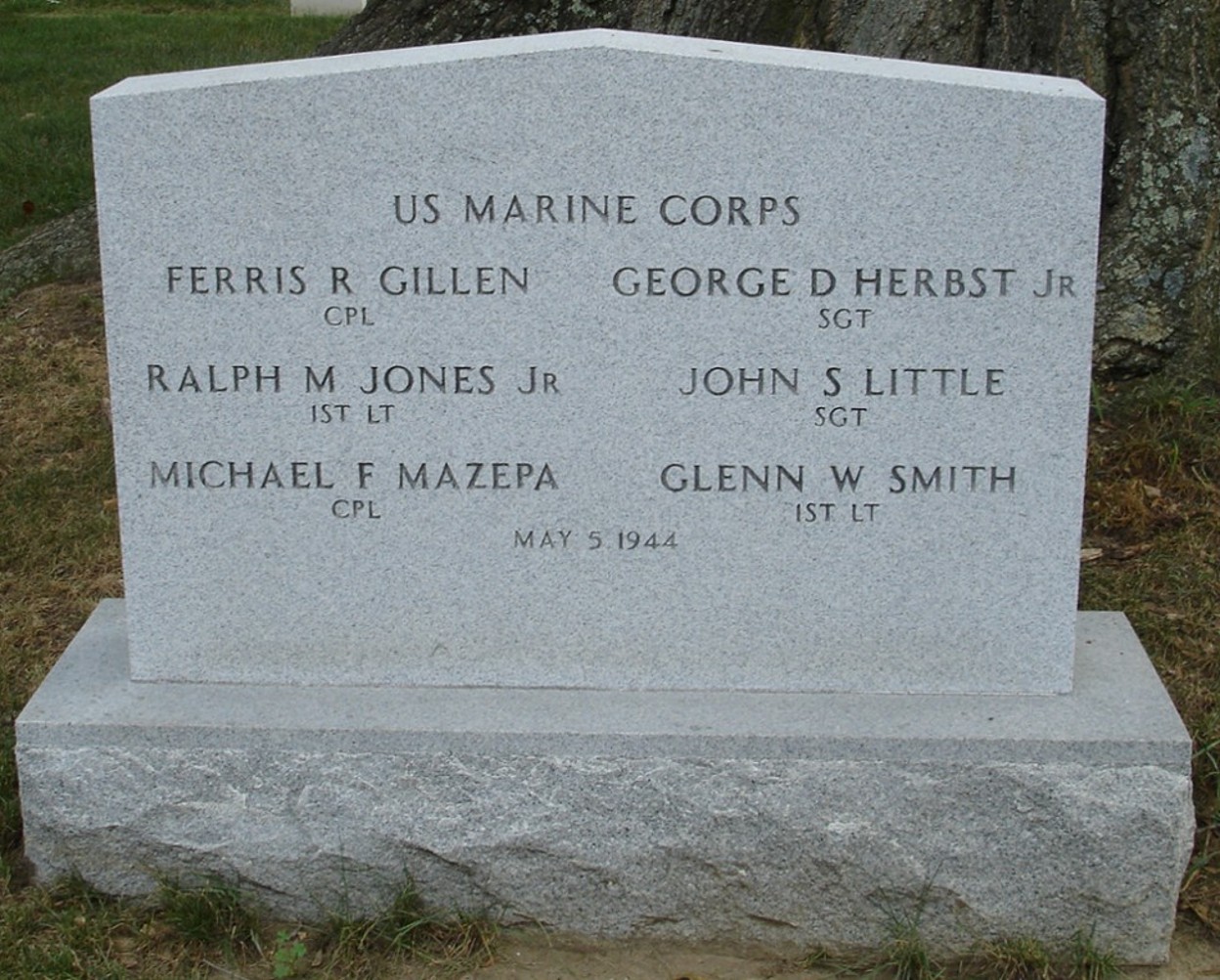
The post Marinc Corps Group Burial – 5 May 1944 appeared first on Arlington National Cemetery.
]]>